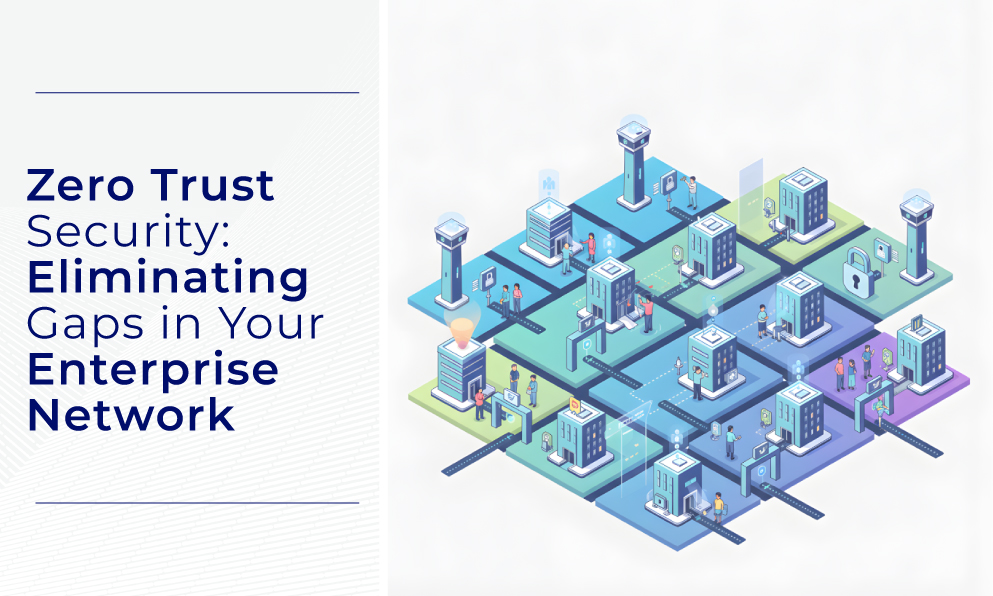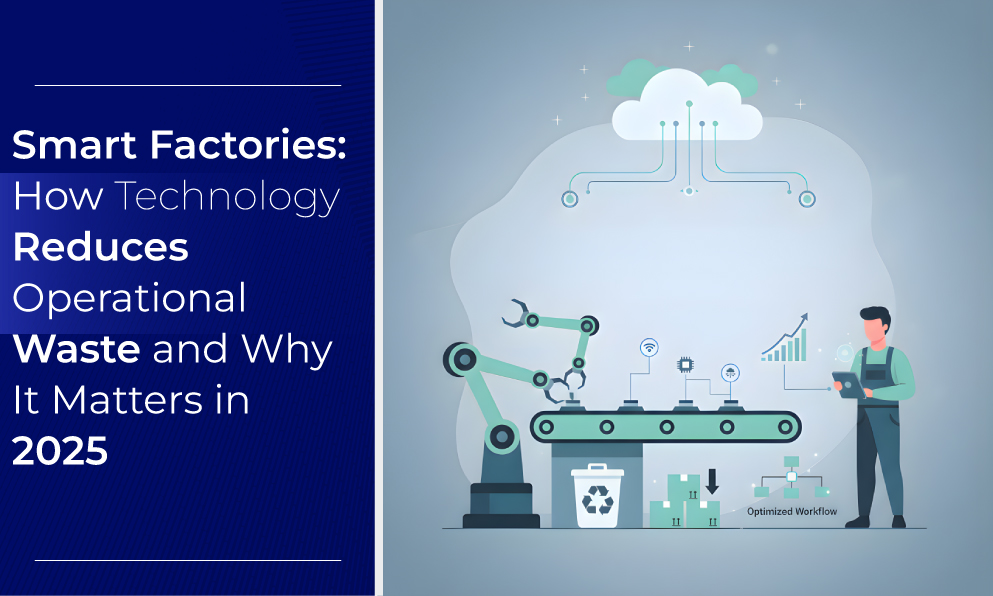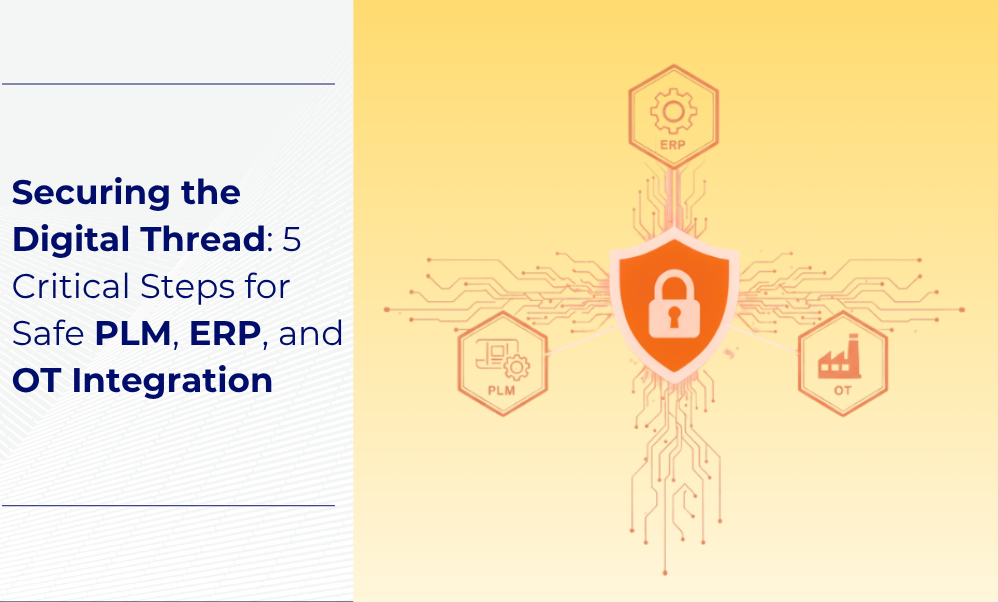How does Generative AI enhance Java development? To find out more, read the article below attentively.
Generative AI is an AI that focuses on enabling machines to generate content autonomously with remarkable practicality.
In the world of technology, Generative AI has taken center stage.
Generative AI has become a transformative force, profoundly reshaping industries as an advanced fusion of machine intelligence and human creativity.
The good news is that support for using Generative AI in Java Development is growing daily.
Read the article below to learn about the comprehensive exploration of the power of Generative AI. The article also discusses the power of Generative AI, its multifaceted applications, and its far-reaching impact across diverse sectors.
The Basics of Generative AI
Generative AI means using AI to create new content, like text, images, music, audio, and videos.
Generative AI uses an ML (machine learning) model to learn the patterns and relationships in a dataset of human-created content. Then, it uses the learned patterns to generate new content.
Machine learning models are trained on large datasets of code. These models easily understand the structure and syntax of programming languages.
Advantages of Generative AI for Java Developers
Generative AI offers several advantages for Java developers, enhancing their productivity and enabling them to focus on more complex tasks. Here are some expanded benefits:
Code Generation:
- Generates high-quality and syntactically correct Java code, reducing manual coding time.
- Allows developers to quickly create boilerplate code, such as getters, setters, and constructors, freeing up time for more creative work.
- Facilitates code refactoring and maintenance by automatically updating generated code when the underlying model changes.
Improved Testing:
- Generates comprehensive test cases, ensuring code robustness and reliability.
- Automates writing unit and integration tests, saving developers from repetitive tasks.
- Enhances test coverage by creating test cases for complex scenarios that may be overlooked manually.
Documentation Generation:
- Automatically generates API documentation, reducing the need for manual documentation.
- Creates consistent and well-structured documentation, improving code maintainability and understanding.
- It enables developers to focus on writing code rather than spending time on documentation.
Natural Language Processing (NLP) Integration:
- Enables Java developers to build NLP-powered applications, such as chatbots, language translation, and sentiment analysis.
- Automates text processing tasks, such as text summarization, named entity recognition, and part-of-speech tagging, reducing the need for manual NLP coding.
- Improves the user experience by providing intuitive and conversational interfaces.
Code Style Adherence:
- Enforces consistent coding style and best practices, ensuring code readability and maintainability.
- Reduces the need for manual code formatting and linting, saving developers time and effort.
- Improves collaboration between developers by establishing a standardized coding style.
Enhanced Debugging:
- Generates debugging information and suggestions, helping developers quickly identify and fix bugs.
- Automates the process of creating and analyzing stack traces, reducing debugging time.
- Improves the overall debugging experience, enabling developers to resolve issues more efficiently.
Prototyping and Experimentation:
- Accelerates the prototyping phase by allowing developers to create functional prototypes quickly.
- Enables experimentation with different algorithms and approaches without extensive manual coding.
- Reduces the time required to validate ideas and concepts, leading to faster innovation.
Continuous Learning and Improvement:
- Generative AI models can be continually trained and improved, ensuring developers can access the latest advancements.
- Provides ongoing support and suggestions, keeping developers up to date with evolving best practices and technologies.
- Enables developers to stay competitive in the rapidly changing software development landscape.
Tools and Technologies
Generative AI tools have proven to fit into software developers’ workflows and provide an instant productivity boost.
Generative AI leverages large language models (LLMs) to understand language, imagery, and code. It can answer questions, reorganize information, and provide writing or code snippets.
These tools are helpful when developers use them under the right circumstances. However, they aren't perfect yet and require extensive supervision to get the most out of them.
Tools
Tools are physical objects that we use to perform tasks. They can be simple, such as a hammer or a screwdriver, or complex, such as a surgical robot or a particle accelerator. Tools extend our physical abilities and allow us to accomplish tasks that would be impossible or impractical without them. Some of the popular AI tools for Java developers are,
- GitHub Copilot is an AI-powered coding assistant that can help developers write better code. It uses machine learning to suggest code completions, identify errors, and generate entire functions.
- Google Gemini is an AI-powered collaboration assistant that can help people write, visualise, organise, and connect more meaningfully. Gemini is designed to be a seamless part of the user's workflow, providing assistance directly in Gmail, Docs, Sheets, Slides, and Meet.
- ChatGPT is a large language model that can be used for a variety of natural language processing tasks, such as text generation, translation, and question-answering. ChatGPT is one of the most advanced language models available, and it has been shown to be able to perform a wide range of tasks with impressive accuracy.
- Auto-GPT is a large language model specifically designed for code generation. It can generate code in various programming languages and translate code from one language to another.
- Amazon CodeWhisperer is a code-generation tool that uses machine learning to generate code suggestions. It can generate code in various programming languages and generate documentation for code.
Technologies
Technologies are systems or processes that we use to achieve a specific goal. They can be hardware, such as a computer or a microscope, or software, such as a word processor or a spreadsheet. Technologies often involve applying scientific knowledge to practical problems.
The Impact of Tools and Technologies
Tools and technologies have had a profound impact on human history. They have enabled us to:
- Increase our productivity: Tools and technologies have made it possible for us to produce more goods and services in less time, leading to a higher standard of living for many people around the world.
- Improve our communication: Tools and technologies have made it possible for us to communicate with people far away. This has made it easier to stay in touch with friends and family and to learn about different cultures.
- Advance our knowledge: Tools and technologies have helped us learn more about the world. They have allowed us to explore space, study the human body, and understand the laws of nature.
- Solve problems: Tools and technologies have helped us to solve some of the world's most pressing issues, such as disease, hunger, and poverty.
The Future of Tools and Technologies
The future of tools and technologies is bright. We can expect to see even more unique and innovative tools and technologies that will continue to change how we live, work, and communicate.
Here are some of the ways that tools and technologies may evolve in the future:
- Artificial intelligence (AI) is the ability of machines to learn and think for themselves. AI-powered tools and technologies will become increasingly common in the future. They will automate tasks, provide personalised recommendations, and make decisions.
- Virtual reality (VR) and augmented reality (AR) are technologies that create immersive experiences for users. In the future, VR headsets and AR glasses will become more affordable and powerful. They will be used for gaming, education, and training.
- Quantum computers are much faster and more powerful than traditional computers. They will be used to solve complex problems that are currently impossible to solve, and they will have a major impact on fields such as medicine, finance, and materials science.
Tools and technologies are essential to the human experience. They can make our lives easier, more productive, and more fulfilling. As tools and technologies continue to evolve, we can expect to see even more impressive and innovative things in the future.
The Future of Java Development with Generative AI
The introduction of Generative AI (GAI) is revolutionising the software development industry, presenting unprecedented opportunities and challenges. Java, being one of the most popular programming languages, stands to benefit significantly from this technological advancement.
The Potential Impact of GAI on Java Development
1. Enhanced Code Generation:
GAI can generate high-quality, syntactically correct Java code based on natural language descriptions or existing code snippets. This capability can significantly accelerate the development process, reducing the time and effort required for manual coding.
2. Improved Code Quality:
GAI models can analyze vast amounts of code and identify common errors, security vulnerabilities, and potential improvements. By leveraging GAI, developers can ensure higher code quality, reducing the risk of defects and vulnerabilities.
3. Personalized Development Experience:
GAI can adapt to individual developer preferences, suggesting code snippets, APIs, and design patterns based on the developer's past behavior and context. This personalized experience can enhance productivity and reduce the learning curve for new developers.
4. Automated Refactoring and Maintenance:
GAI can analyze codebases to identify opportunities for refactoring, code simplification, and modernization. This automation can significantly reduce the time and effort required for maintaining and updating Java applications.
5. Enhanced Documentation Generation:
GAI can generate comprehensive and accurate documentation for Java code, including API documentation, tutorials, and usage examples. This can improve the readability, understandability, and maintainability of Java codebases.
Challenges and Considerations
1. Accuracy and Reliability:
Ensuring the accuracy and reliability of GAI-generated code is crucial. Robust testing and validation processes are necessary to minimize the risk of introducing errors or vulnerabilities in the code.
2. Integration with Existing Systems:
Integrating GAI with existing Java development tools and workflows is essential for seamless adoption. Compatibility and interoperability with popular IDEs, build systems, and testing frameworks are critical considerations.
3. Developer Training and Adoption:
Developers need to be adequately trained to utilize GAI tools effectively and integrate them into their development process. Training programs and resources should be made available to facilitate smooth adoption.
4. Ethical Considerations:
The use of GAI raises ethical concerns, such as potential job displacement and the potential for bias or discrimination in code generation. Ethical guidelines and responsible AI practices need to be established.
Conclusion
The future of Java development with Generative AI is promising, presenting numerous opportunities to enhance productivity, improve code quality, and accelerate innovation. By addressing the challenges and considerations outlined above, the Java community can harness the full potential of G.AI to create more robust, reliable, and maintainable software applications.











